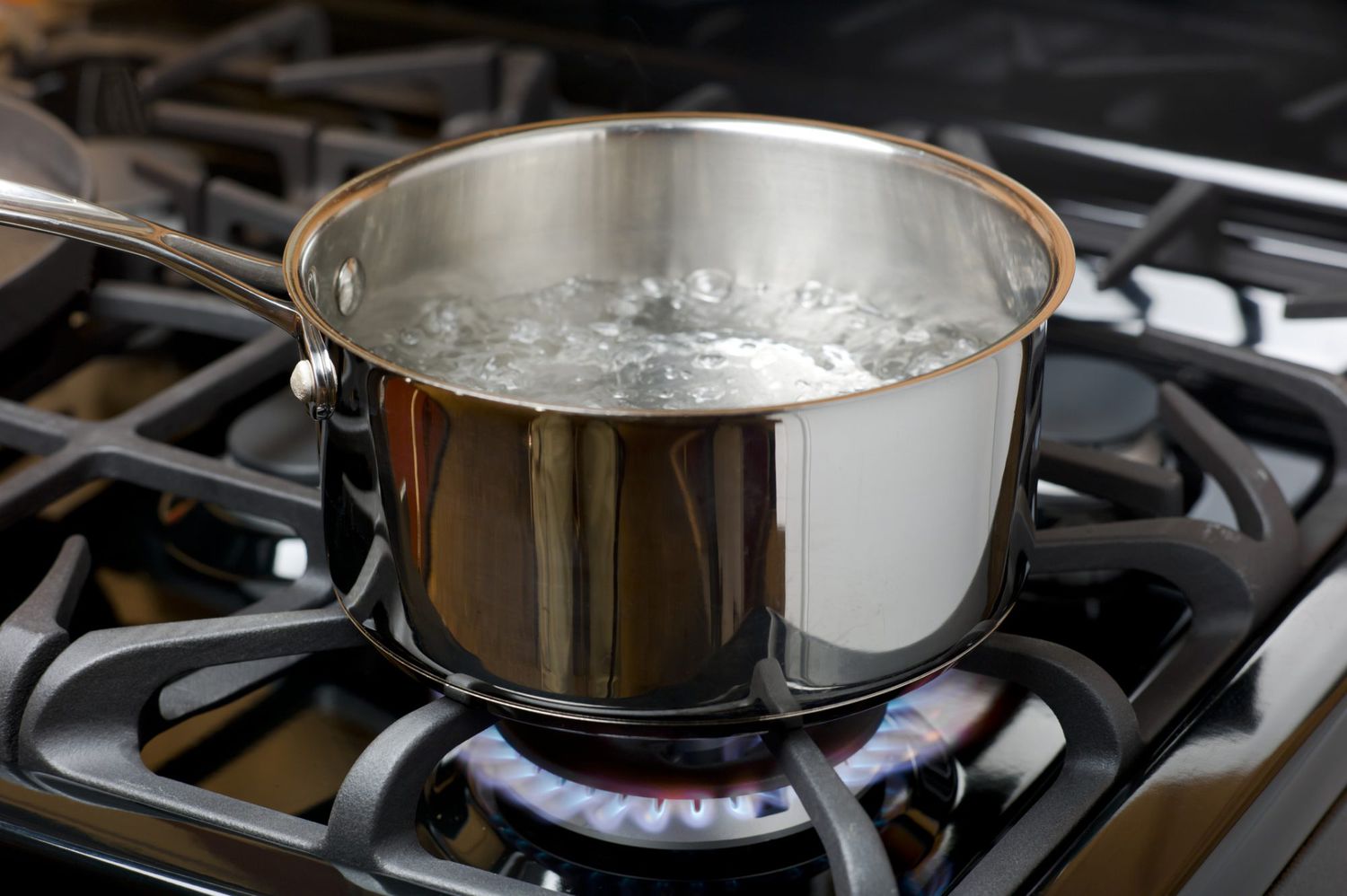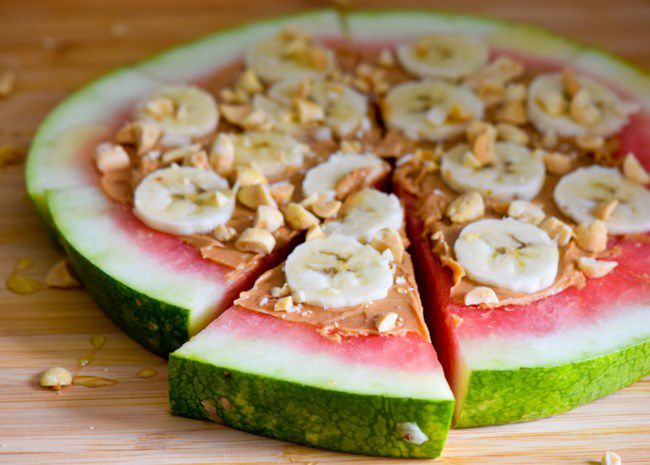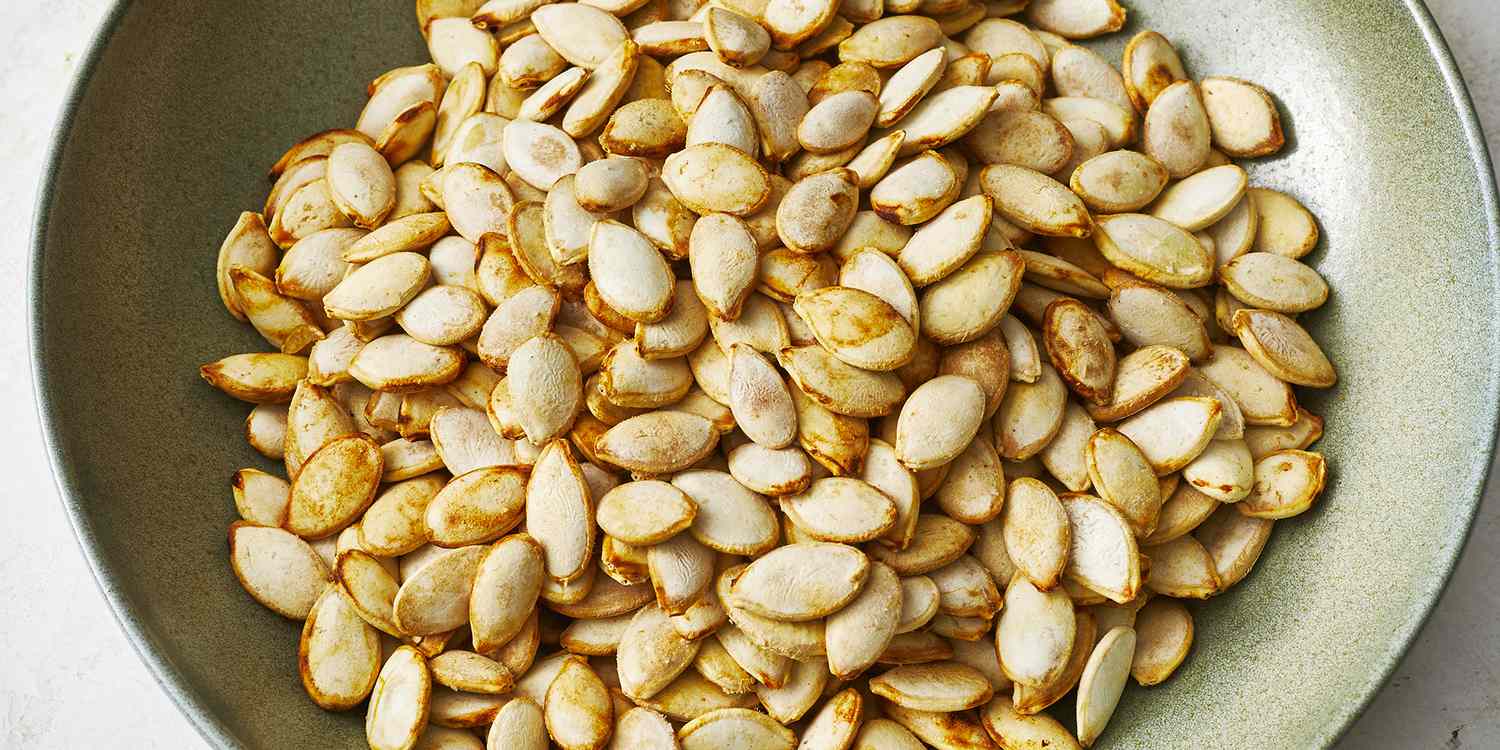Boiling water is one of the first cooking techniques that any home cook learns. It unlocks the world of preparing pasta, grains, and potatoes. It turns raw eggs hard, makes tomatoes yield their skin, and softens raw vegetables until they’re fork-tender.
But as essential as boiling is, it’s steeped in a good bit of myth and folklore. That’s because boiling takes time, and a lot of us are impatient. So, we’ve passed along tips and helpful hints for making water boil faster among friends for decades. Some work, and some don’t.
Here, we’ll break down the best ways to boil water faster, and we’ll explain a few common ideas that sound helpful but actually aren’t. Then, the next time you need to make pasta for dinner or boil spuds for a potato salad, you won’t have to be quite so patient.
Truth: Make the Water as Shallow as Possible
The thinner the water level, the faster it will boil. That’s because a greater amount of surface area exposes more water to the pan’s bottom, which is the hottest part of the pan. Of course, you can’t boil a lot of food in a wide, shallow pool of water, so use this technique when you cook asparagus, carrots, eggs, and chicken breasts.
Myth: Cold Water Boils Faster Than Hot Water
While you could talk yourself into this theory, by doing some sort of science experiment. Always remember that the water has to heat to 212 degrees Fahrenheit , no matter the starting point. It won’t heat faster if it starts at a lower temperature.
Truth: Hot Water Boils Faster
But it might heat faster if it starts higher. If you’re in a hurry, turn your tap to the hottest setting, and fill your pot with that hot tap water. It’ll boil a bit faster than cold or lukewarm water.
You can also get the water even hotter by using your electric kettle. Jumpstart the process by bringing water much closer to the boiling point than your tap water will likely get. When it’s rolling, pour the water into a pot and continue heating until it’s boiling. This will shave several minutes off your total time.

Myth: You Can Boil Water Faster if It’s Salted
Salt water actually has a higher boiling point than tap water, while many people think the common seasoning lowers the boiling temp. You’re not going to get the water salty enough with your sprinkle of Kosher salt to change much of anything about the water’s boiling point in either direction. You should still season your water, especially if you plan to use it to cook pasta and thicken your pasta sauces or season a soup base. Just don’t count on it to magically make bubbles form faster. And you might also want to wait to add that salt to water once it’s boil; otherwise, you could damage your pan.
Truth: Use Less Water in the Pan
You may be accustomed to turning on the tap and just letting the water rise in the pot. But if you’re more precise with how much water you really need, you’ll be able to boil water faster. If you’re making pasta for one or two, boiling just a handful of eggs, or blanching carrot coins, you can use a much smaller sauce pan. Save the big stockpot for shrimp boils or big batches of potatoes.
I love using a 3-quart soup pot with lid to boil pasta, cook oatmeal, warm soup, and more. It’s sized just right that water boils faster than my larger stockpot or saucepans, and it’s also easier for me to handle when I’m pouring or stirring. Larger pastas, like lasagna noodles, will need a bigger stockpot, but short noodles and broken strands fit and cook perfectly in this downsized pot.

Myth: Adding Baking Soda Will Make Water Boil Faster
Baking soda is a magical ingredient because it can make cookies and cakes rise beautifully while also keeping your kitchen sparkling clean. But despite an oft-repeated myth, adding baking soda to water will not make it boil faster.
Truth: Keep the Pot Covered
A watched pot won’t boil. Or, well, it will, but you’ll be left feeling like time is ticking more slowly. So put a lid on the pan. The air in the pan will heat up as the water heats up, and it circulates back into the water as it’s heated. This helps bring the water to 212 degrees Fahrenheit more quickly. And before you know it, that unwatched pot will be boiling.
If your pot or pan doesn’t have its own cover, look for a universal lid. These lids are designed to provide a snug fit and keep hot air in.

Truth: Be Thankful if You’re at a Higher Elevation
For those of us living at sea level, you’ll have to suffer knowing that our friends living in parts of Colorado, Utah, New Mexico, and other states with tall mountain ranges can boil water faster by virtue of where they live. In the higher elevations, the lower air pressure helps water reach a boiling point in less time.
For cities over 10,000 feet in elevation, the boiling point is a chilly 194 degrees Fahrenheit. At 8,750 feet, it’s a slightly warmer 195.5 degrees. You can’t do anything to impact your city’s elevation, obviously. You can just remember this if you ever find yourself cooking in Los Alamos, N.M., where the boiling point is about 200 degrees Fahrenheit.
Related Content:
- What Is A Boil Water Advisory?
- This Is What A Rolling Boil Looks Like
- How to Boil Eggs Perfectly Every Time




